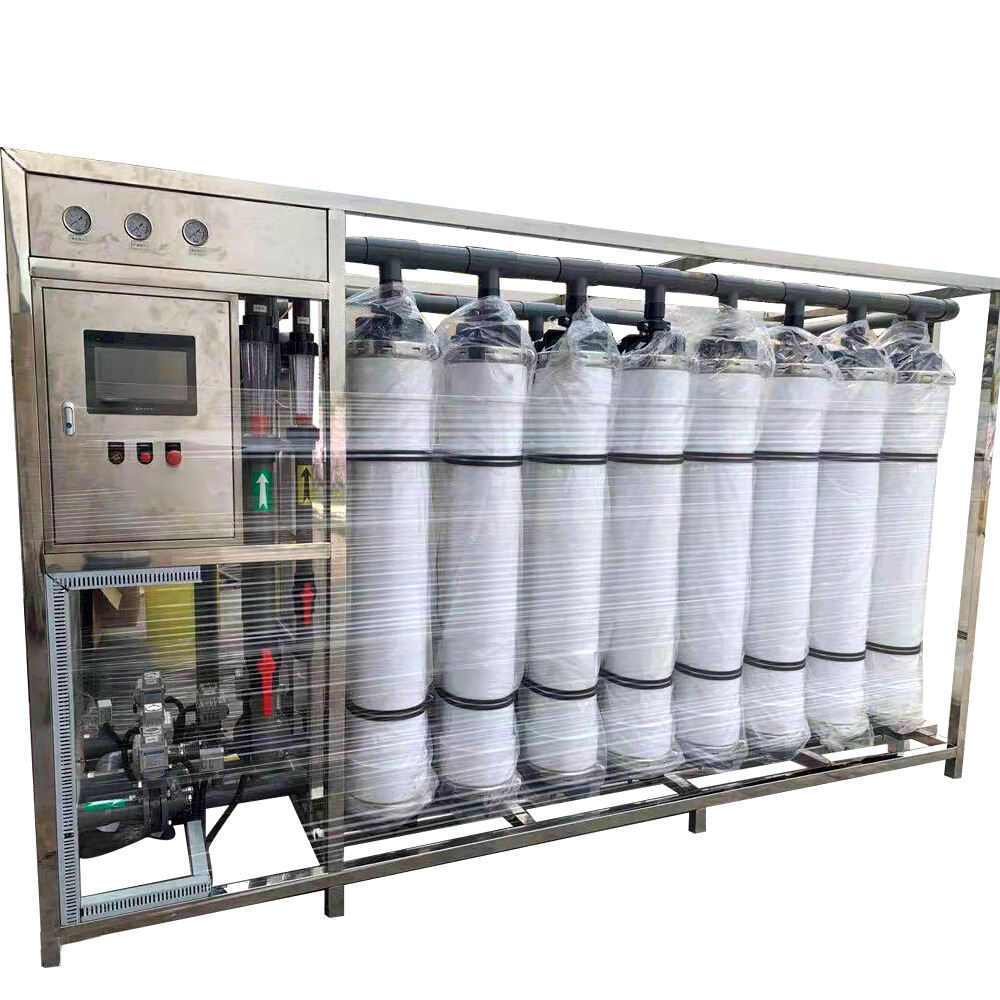One of the main problems in the use of membrane bioreactor (MBR) systems is membrane fouling as it limits the effectiveness of the filtration process slows the energy requirement and minimizes the lifespan of the membranes. An important step to stable, cost-effective MBR operation is successful mitigation of fouling. These are measures, which have been tested to reduce fouling, through the design and operational conditions of optimization of the processes.
Fine-Tune Operational Parameters
Regulating operating conditions is of importance in controlling the occurrence of fouling. Turbulence in the membrane tank is established by varying the intensity of aeration and can be used to clean the membrane surface and avoid sludge and organic materials forming on it. Optimum mixed liquor suspended solid (MLSS) concentrations achieve the tradeoff between biological activity and possibility of foulants by providing enough biological activity without MLSS increasing viscosity, and causing foulant adsorption. Also, by maximizing the rate of permeate flux, it is possible to avoid saturating the membrane too quickly, as faster flux rates can be introduced in order to increase cake formation. The ability to achieve good balance in such parameters results in lessening of foulant deposition, but maintaining the good efficiency in treatment.
Implement Regular Cleaning Protocols
Advance cleaning helps avoid development of irreversible fouling. Physical and chemical cleaning works well: physical cleaning removes loose particulate fouling and chemical cleaning is periodically used to clean off organic and inorganic deposits. One potential solution is the use of biofilms and organic polymer degradation of mild oxidants or enzymatic solutions to depolymerize biofilms and organic polymers, the most important aspect of fouling. Implementing an accurate cleaning procedure, usually a fixed cleaning schedule- based on flux decline or increment in differential pressure- will allow the foulants to be removed before they firmly adhere to the membrane surface and prolong membrane life and performance.
Select Anti-Fouling Membrane Materials
Fouling resistance depends to some extent on membrane material and configuration. Hydrophilic surfaces or surface modified membranes minimize the adsorption of hydrophobic organic compounds, one of the known causes of fouling. Uniform pore size ensures that structures have the potential to minimize particle entrapment, and reinforced substrate ensures durability of cleaning. The rate of fouling can greatly be minimized when membranes with engineered anti-fouling properties are used, even in wastewater streams of high organic loads.
A combination of these methods, such as pretreatment optimization, operation control, frequent cleaning, and intelligent use of smart membranes, allows operators to prevent foul influx and, therefore, guarantees consistent performance and long life of the membranes when they are used in industries and municipalities.

